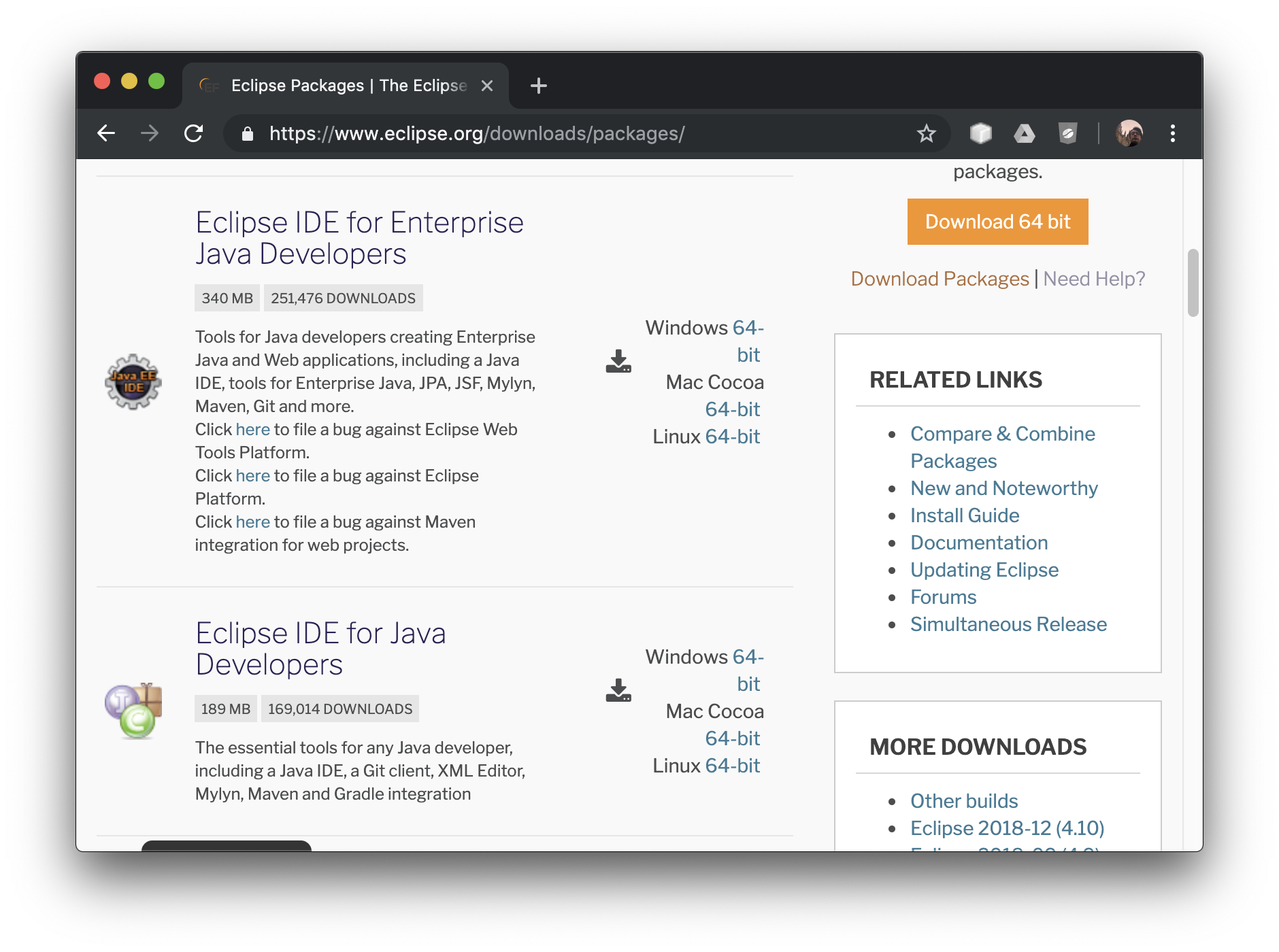
Then reset settings.xml path under eclipse->window– >preference- >maven- >setting. So I decide to create one by myself, and it likes below. I check eclipse- >window- >preference- >maven- >setting, and it also prompt “no settings.xml file”. I need to configure it in settings.xml, but where it is. I google it and conclude that this problem results from proxy configuration less. I follow to create a dynamci maven web application, but I run into errors “ Could not resolve archetype :maven-archetype-webapp:RELEASE from any of the configured repositories.Ĭould not resolve artifact :maven-archetype- webapp:pom:RELEASE” I have stated that I use Eclipse to develop a maven web application. Install the Eclipse 4.5.2 software pack Simply click the Get Packs option to install the pack for easy configuration of Eclipse from your own hub. HINT: About how to install maven in detail, you can follow eclipse guide Install your Delivery Hub Follow the instructions to drop the Hub onto your desktop or shared workstation. I choose to install maven, and it is fine. So I wonder maybe the newest maven has errors about dependency install.Then Let’s try to install older mavens. It is ideal if you want to make full software using Java. I download eclipse Indigo for java Development, and it has already integrated with Maven, and I succeed to create a Maven Project. Eclipse IDE for Java EE (EE stands for Enterprise Edition) has all those plugins preinstalled. And then I follow the official document on eclipse website and try to install newest maven with url “ “,but error occurs. I download eclipse Indigo Java EE which has not integrated maven. But the result is errors occur when I try to create a maven project. May prompt for what server, select the Tomcat server and click Always use this server when running this project.I want to use Eclipse to develop a maven web application, so I download newest eclipse “kepler Java EE” for it has already integrated maven.

Choose the installation folder and press the ‘ INSTALL’ button.

Open the downloaded file and select ‘ Eclipse IDE For Enterprise Java and Web Developers’ from the pop-up. Download and install Eclipse Java EE from: Download and install JDK (optional if java is not installed on the machine) install Eclipse IDE.

Installing involves unzipping the Tomcat zip into some directory.

Follow these instructions if you are setting up a development environment on your own machine. Eclipse Java EE allows for creating and testing JSP/Servlets in your development environment. COSC 304 - Setup Eclipse Java EE and Tomcat COSC 304 - Setup Eclipse Java EE and Tomcatĭeveloping web applications requires a development environment.


 0 kommentar(er)
0 kommentar(er)
